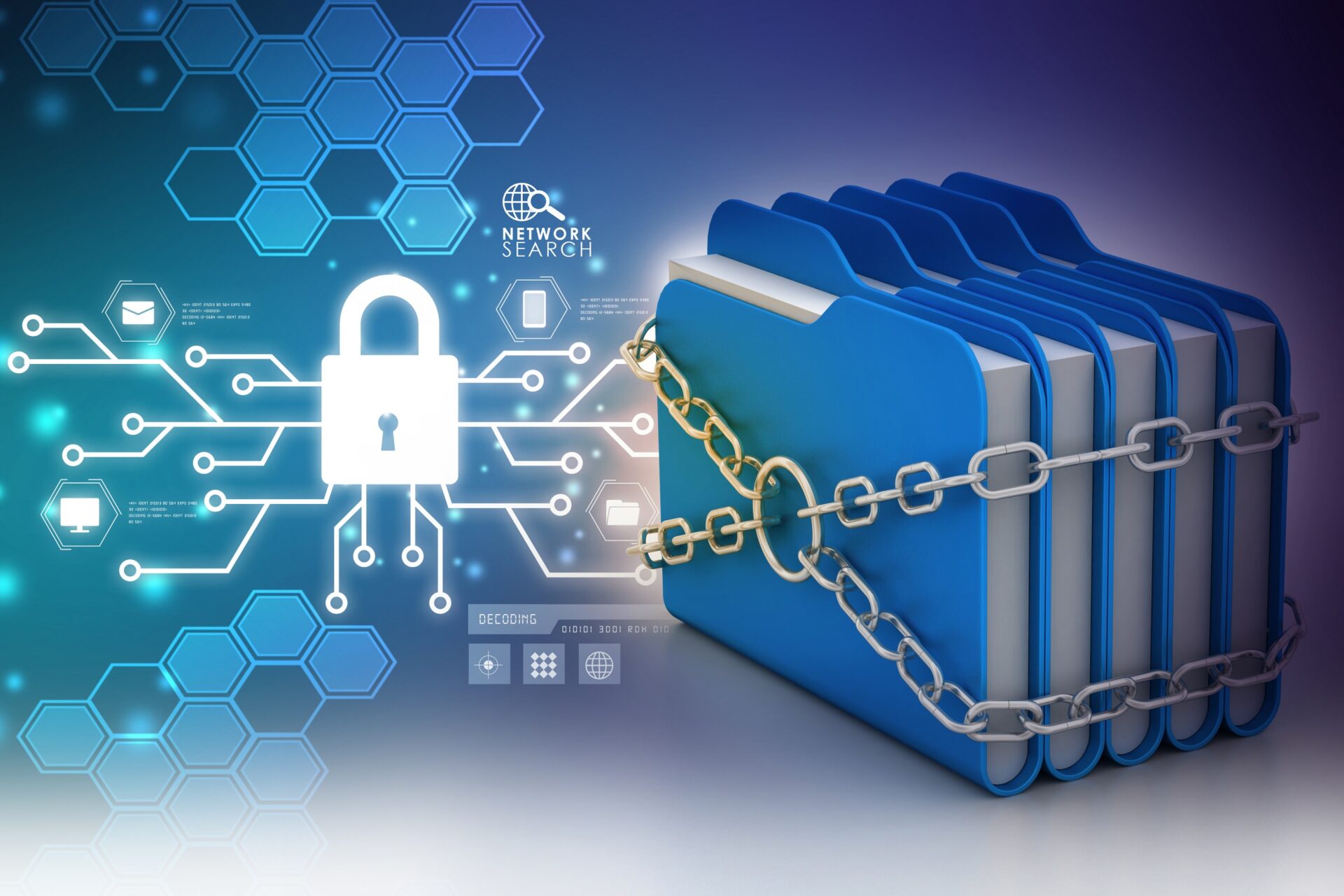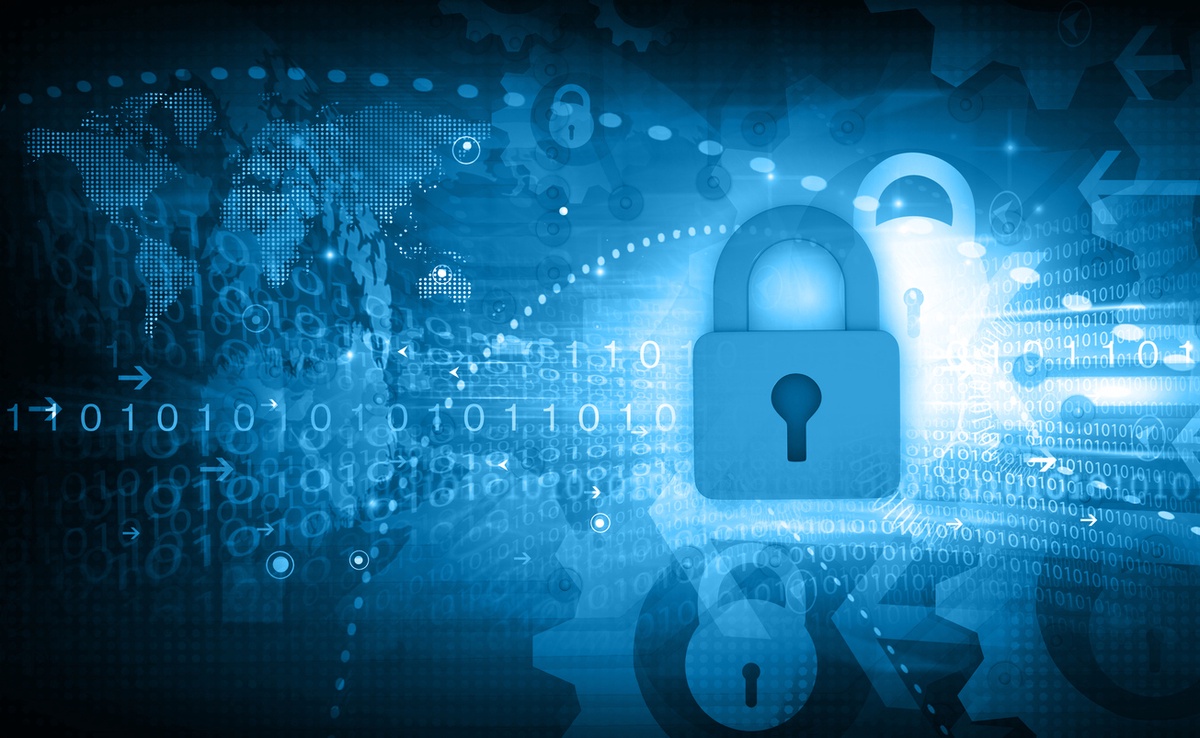In our increasingly digital world, the protection of sensitive information has become paramount. Whether it's personal data, financial records, or proprietary business information, ensuring secure data access is essential for safeguarding privacy and maintaining trust. This article outlines a set of guidelines to help individuals and organizations establish robust practices for handling and accessing sensitive data.
Role-Based Access Control (RBAC)
Implementing Role-Based Access Control is a fundamental step towards secure data access. This system assigns specific roles to users, each with predefined privileges. For example, an employee in the finance department may have access to financial records, while a marketing team member might only have access to campaign data. Regularly review and update these roles to ensure they align with current job responsibilities.
Strong Authentication Mechanisms
Utilize strong authentication methods, such as multi-factor authentication (MFA) or biometric authentication, to verify the identity of users. Passwords alone are no longer sufficient to protect against unauthorized access. MFA adds an extra layer of security by requiring users to provide multiple forms of identification, significantly reducing the risk of unauthorized entry.

Encryption of Data in Transit and at Rest
Encrypting data both in transit (while it's being transmitted between systems) and at rest (when it's stored on servers or devices) is crucial. Secure Socket Layer (SSL) or Transport Layer Security (TLS) protocols should be used for encrypting data in transit, while encryption algorithms like Advanced Encryption Standard (AES) are employed for data at rest.
Regular Security Audits and Penetration Testing
Conduct regular security audits and penetration tests to identify vulnerabilities in your systems. Hire professional cybersecurity firms or experts to assess your infrastructure for weaknesses and provide recommendations for improvement. This proactive approach helps identify and rectify potential security breaches before they are exploited.
Data Masking and Anonymization
Implement data masking and anonymization techniques to protect sensitive information. Data masking involves replacing, hiding, or scrambling original data with fake or pseudonymous information, while still maintaining its format. Anonymization goes a step further, making it nearly impossible to link the data to an individual.

Access Monitoring and Logging
Implement robust monitoring and logging mechanisms to track who accesses sensitive data, when, and for what purpose. This information is invaluable in case of a security incident, as it allows for the traceability of unauthorized access and potential breaches.
Regular Employee Training and Awareness Programs
Educate employees about best practices for secure data access. Train them on how to recognize phishing attempts, how to create strong passwords, and the importance of not sharing login credentials. Regular awareness programs help create a security-conscious culture within the organization.
Data Retention Policies
Establish clear data retention policies to determine how long sensitive information is stored and when it should be securely deleted. This reduces the risk of data exposure due to outdated or unnecessary records.
Vendor and Third-Party Access Controls
If you utilize external services or vendors, ensure they have robust security measures in place. Define strict access controls and agreements that outline how they handle and protect sensitive data.
Incident Response Plan
Have a well-defined incident response plan in place to address security breaches or unauthorized access promptly. This plan should include steps for containment, investigation, notification, and recovery.
In conclusion, secure data access is a critical aspect of protecting sensitive information in today's digital landscape. Implementing these guidelines can significantly enhance your organization's ability to safeguard data and maintain trust with stakeholders. Remember, staying vigilant and proactive in your security efforts is key to staying one step ahead of potential threats.


No comments yet